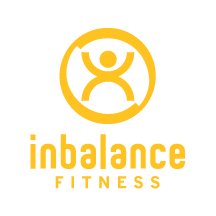|
🔍 Have you heard of foam rolling? It's a self-myofascial release technique that can help you improve mobility, reduce muscle tension, and enhance recovery. Basically, myofascial release is similar to the technique a massage therapist uses to provide relief and recovery to tired, sore and stiff muscles. Foam rolling does not replace a massage therapist, but complements their work.
Foam Rolling Basics:
Foam Rolling Examples:
At inbalance FITNESS, we're here to help you reach your goals and take your fitness journey to the next level. Our expert personal trainers can work with you to create a customized plan that fits your lifestyle and helps you reach your fitness goals. #FitnessGoals #WellnessGoals #GoalSetting #seniorfitnessspecialist #seniorfitness #inbalance #inbalancefitness #beginnerworkout #beginnerfitness #injuryprevention #injuryrecovery #sportstraining #FitnessVariations #StrengthTraining #FoamRolling #Recovery #Mobility
0 Comments
Your comment will be posted after it is approved.
Leave a Reply. |
AuthorArchives
June 2023
Categories
All
|
Navigation |
Connect |
Contact Us |



 RSS Feed
RSS Feed